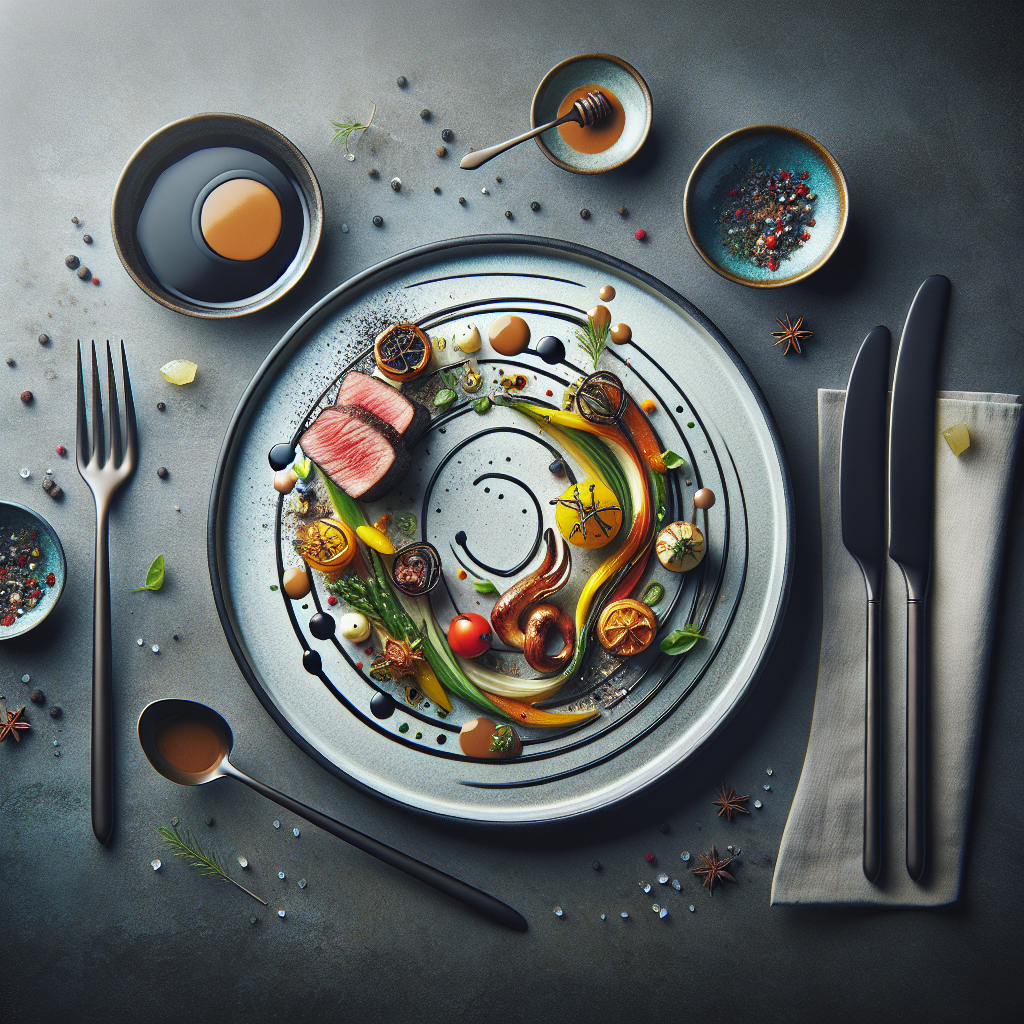In the world of gastronomy, flavor is king, but what about the throne it sits upon? The visual presentation of food—known as plating—can elevate a dish from mundane to extraordinary. Beyond mere aesthetics, the art of plating significantly impacts our dining experience, influencing our perceptions of taste, texture, and even quality. In this article, we explore the nuances of food presentation, the psychology behind it, and practical tips to transform your meals into culinary masterpieces.
The Power of Aesthetics
Human beings are inherently visual creatures. Before we even take a bite, the appearance of our food can evoke a range of emotions and expectations. A beautifully plated dish can stimulate the appetite, enhance flavor perception, and create a memorable experience. Research has shown that people often rate the taste of a dish higher when it is well-presented, reinforcing the adage, “You eat with your eyes first.”
This phenomenon is deeply rooted in psychology. A well-arranged plate communicates care, creativity, and skill. It invites curiosity, sparks conversation, and enhances the overall enjoyment of the meal. Chefs and home cooks alike can leverage this knowledge to create not just meals but experiences.
Fundamentals of Plating
While the art of plating might seem daunting, it can be broken down into a few key principles:
1. Balance and Proportion
Balance refers to the visual weight of the items on the plate. A well-balanced plate will often have varied heights, shapes, and colors that complement one another, creating harmony. Think about distributing food evenly across the plate to create visual and textural interest. Avoid overcrowding; negative space is just as important as the food itself.
2. Color and Contrast
Color plays a vital role in both flavor perception and aesthetics. Strive for a contrast of colors that makes the dish pop—vibrant greens, fiery reds, and deep browns all add excitement. Think of the color wheel when selecting accompaniments; complementary and contrasting colors can create visual appeal. Also, consider the natural colors of various ingredients: fresh herbs, sauces, or garnishes can amplify the dish’s palette.
3. Textures and Layers
Incorporating different textures not only adds interest but can also tell a story about the dish itself. Consider combining creamy elements with crunchy toppings or tender proteins with crisp vegetables. This layering of textures can enhance the eating experience, making each bite unique.
4. Garnishing with Purpose
Garnishes ought to be more than mere decoration; they should add flavor, texture, or aroma to the dish. Fresh herbs, edible flowers, citrus zests, or flavored oils can enhance the meal while tying in the overall theme or flavor profile. Keep garnishes simple and relevant to your dish; excess decoration can detract from the food itself.
Practical Tips for Home Cooks
Even if you’re not putting together a Michelin-star meal, there are plenty of ways to refine your plating skills at home:
-
Choose the Right Plate: The type of dishware you select can greatly influence presentation. White plates are often favored in fine dining for their ability to make food stand out, but colored or textured plates can also enhance the overall experience when used thoughtfully.
-
Mind Your Layout: Using the “clock method” can help arrange your food. Think of the plate as a clock—place your protein at 6 o’clock, vegetables at 3 o’clock, and starches at 9 o’clock. This visual guide can create balance and ensure that the plate looks attractive.
-
Trial and Error: Don’t be afraid to experiment. Try different combinations of colors and arrangements before settling on the final look. Take a step back to assess the plate from different angles, making adjustments as necessary.
-
Practice Minimalism: Less is often more. A cluttered plate can overwhelm the diner. Aim for simplicity and focal points, allowing each component to shine.
- Invest in Tools: Consider using squeeze bottles for sauces, tweezers for garnishing, or ring molds for rice or grains to add precision to your plating.
Conclusion
The art of plating is not merely a cosmetic addition to the culinary experience; it is an essential element that can profoundly affect perception and enjoyment. By mastering the fundamentals of food presentation, anyone can transform everyday meals into extraordinary experiences, elevating not just the dish, but the joy of shared dining. So the next time you’re in the kitchen, remember: how you present your meal can make all the difference. Embrace the art of plating, and let your culinary creations shine!
